At present, many people will associate NFT with art, finance and other things that seem to be far away from daily life. NFT seems to be far away from us, but in fact, it is also very close to us. In the foreseeable future, NFT may have more "real world" functions and values. Here we are not going to discuss the application of NFT in certain fields, but its actual social use cases.
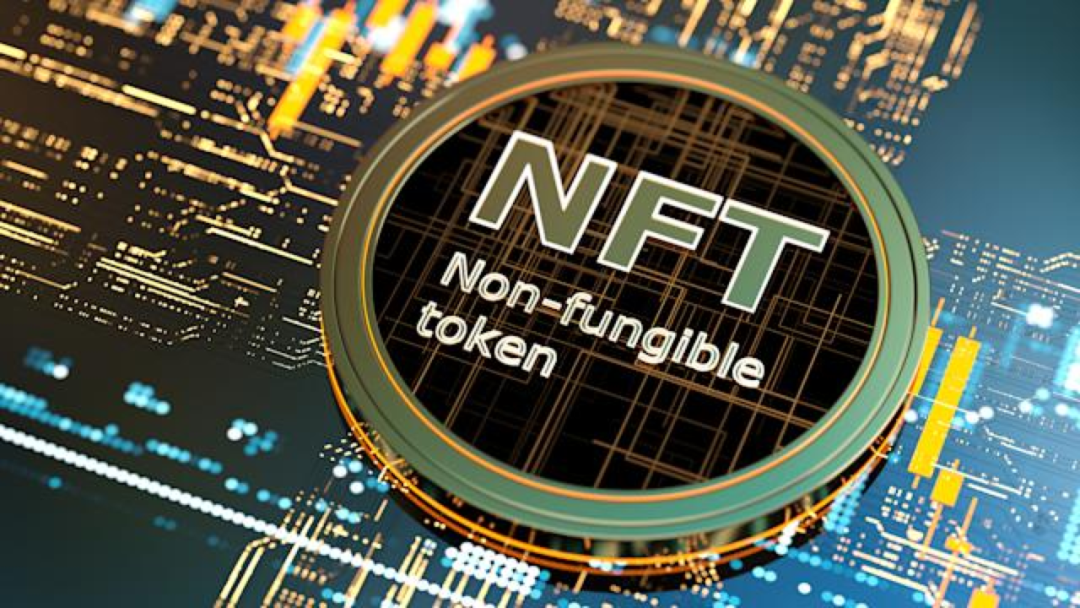
1. Artwork
NFT has played a larger role in digital art buying and selling and ownership. We all know that ownership of physical artwork is usually proven by the owner actually holding it. In the case of ancient or high-value works of art, the work may have a physical document (called"source"image description
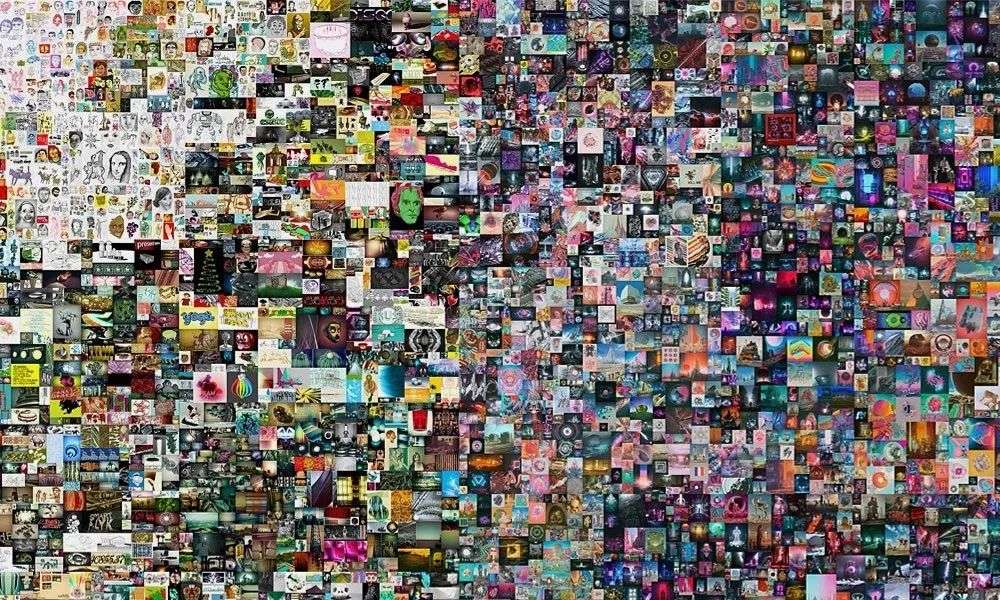
The First 5000 Days
Compared with physical artworks, the application and value of NFT in digital artworks are more extensive and in-depth. Intellectual property protection does not fit well with the way ownership and property are transferred. By linking digital goods to specific points on the blockchain, NFTs essentially create an immutable digital provenance tied to the artwork itself. This allows collectors to own digital art in a new way, and it allows artists to sell digital art in a new way. In this form, artists can own the copyright of their own works of art, and collectors can ensure the authenticity and authority of the works of art they buy, preventing piracy and counterfeiting.
In fact, not only art, NFT can also be applied to photography, fashion, music and other fields.
2. Protection of scarcity in the era of digital reproduction
When people understand the value of NFT, they often encounter a difficult fact: after the NFT is sold, the image or digital artifact represented by the NFT is still publicly available. However, this is not always the case. For example, BAYC once combined the NFT + trendy brand approach, making the scarcity of NFT a channel and feature for brand announcements. Perhaps, this can become a free ride for some unknown small brands in the society to tell their stories and brand concepts.
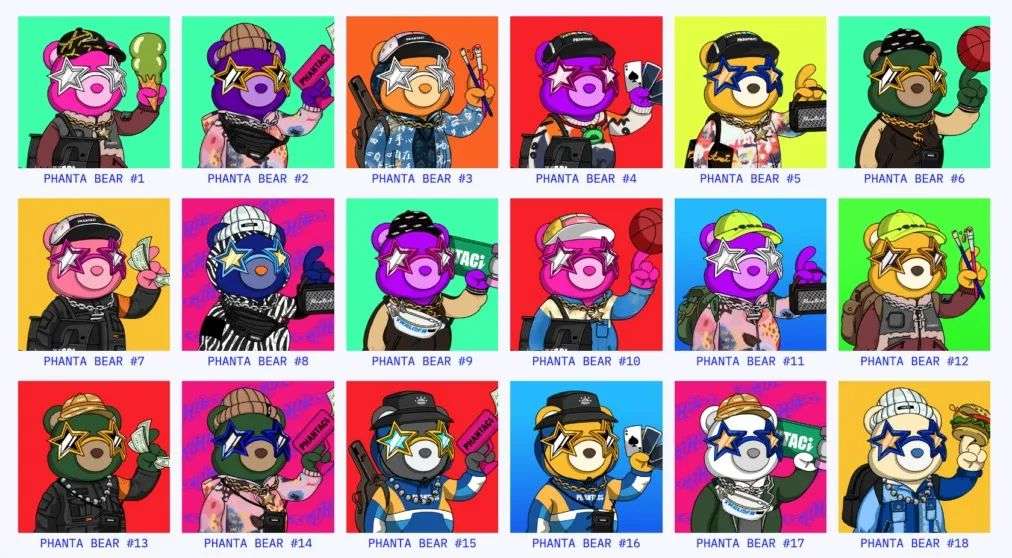
Now there are still some NFT publishers that allow people who own NFT collections to perform secondary creations, such as issuing peripherals, etc., which maintains the scarcity and value of the original purchase. Piracy, copyright infringement and plagiarism are major challenges facing the media and entertainment industry. NFT can use blockchain technology to prevent fraud and prevent plagiarism of ideas and creative works.
3. Reward Voucher
In 2020, the first WebXR Prize was "delivered" to the recipient in the form of an NFT. While not physically a tactile trophy, the design of this award can be extended as a three-dimensional digital artifact. While anyone can submit and upload images for the XR Awards, only true winners will be able to prove to everyone that they have received the honor via their NFT address and wallet.
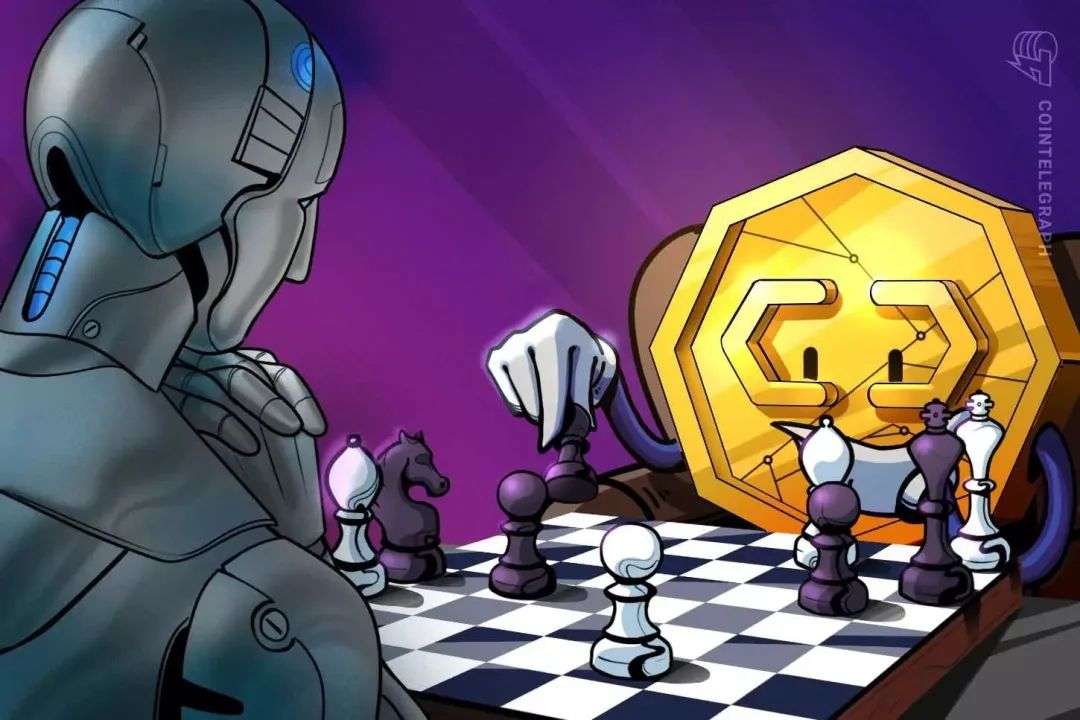
Nowadays, almost most of the awards and trophies are in kind, and the winners need to get the trophies by arriving in person or by mail. However, space and geographic limitations may prevent winners from being present to receive their awards. For example, during the epidemic, it is not very realistic to receive awards across borders. With the development of globalization and digitalization, there will be more and more competitions or nominations. Then, if the organization sends the NFT trophy through the official, and the chain can be traced, it will be displayed to the public through the NFT wallet. It not only solves the problem of collecting trophies in different places, but also solves the problem of authenticity inspection of trophies, such as award fraud.
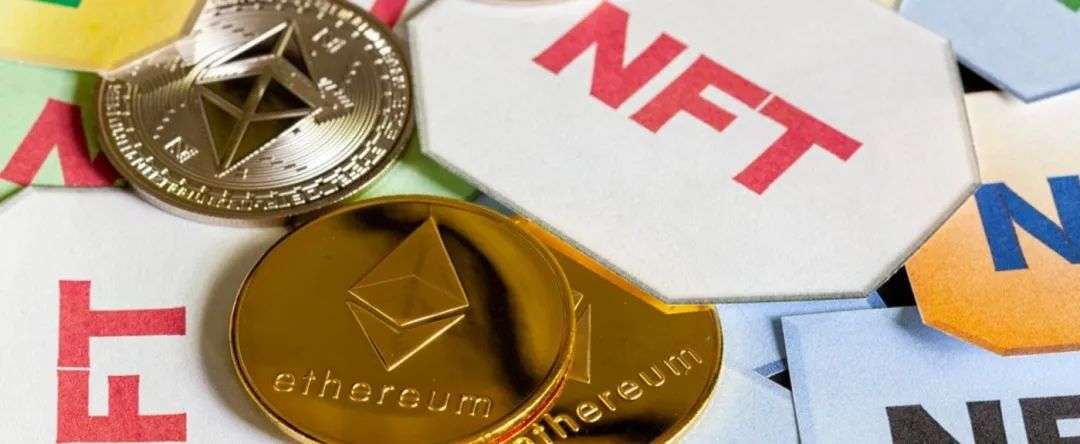
The attributes of trophies and NFT are very consistent, limited and rare. Similar application opportunities abound, such as diplomas and even property. These ideas are also hopefully linked to the development of "smart contracts," blockchain-backed protocols that facilitate transactions between individuals without the need for third-party involvement as in the past.
4. Proof of title
NFT changes the Internet by creating an "Internet of Value". We've never been able to truly own our internet-native digital items, but now we can. Most things that people own have value in the physical world, but people rarely own things of value in the virtual world. At the beginning of the blockchain invention, people can finally own their own FT. Through NFTs, people can own their own virtual items.
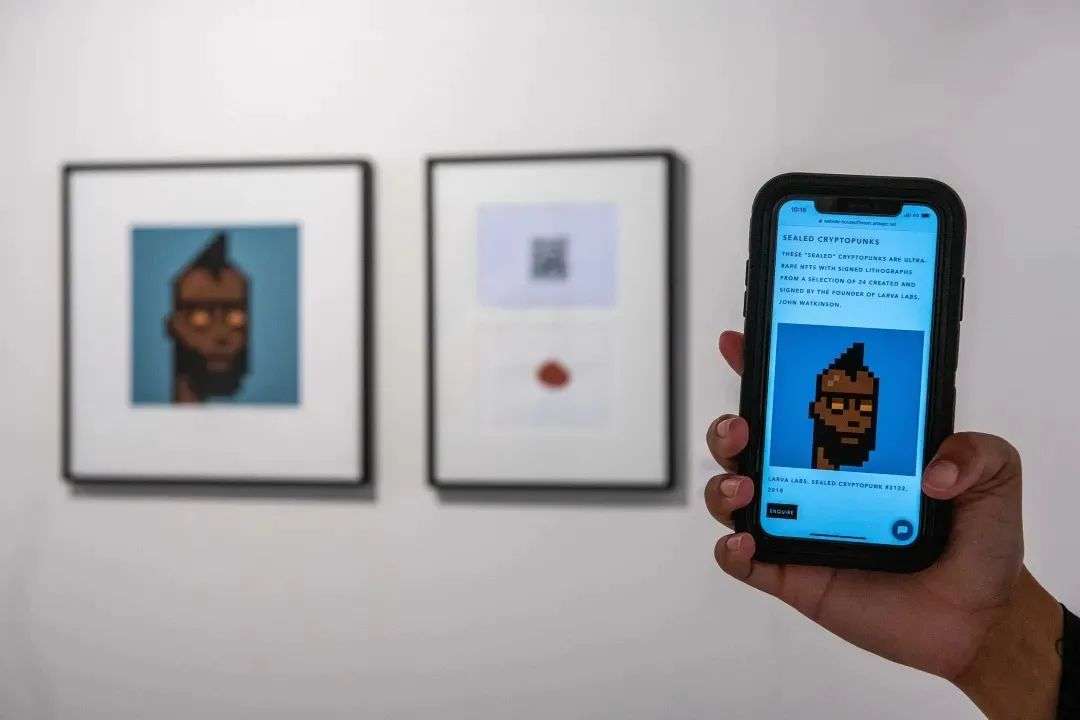
If you're a gamer, maybe you put a lot of time and effort into your favorite game characters. In fact, game assets carry material value behind them. The high price of rare items has no way to prove their scarcity. In other words, you don't know how many rare assets game manufacturers have issued in the entire network, maybe 10,000, or countless.
As people begin to spend more and more time in virtual environments, virtual appearances become more important. In Roblox, a Gucci bag sells for more than the market value of the physical bag; in The Sandbox, a lot costs more than a real lot. In the virtual world, people also need social interaction, consumption and individualized definitions, as well as group belonging and identity. And these are inseparable from assets, and NFT is also the necessary key to prove the value of assets.
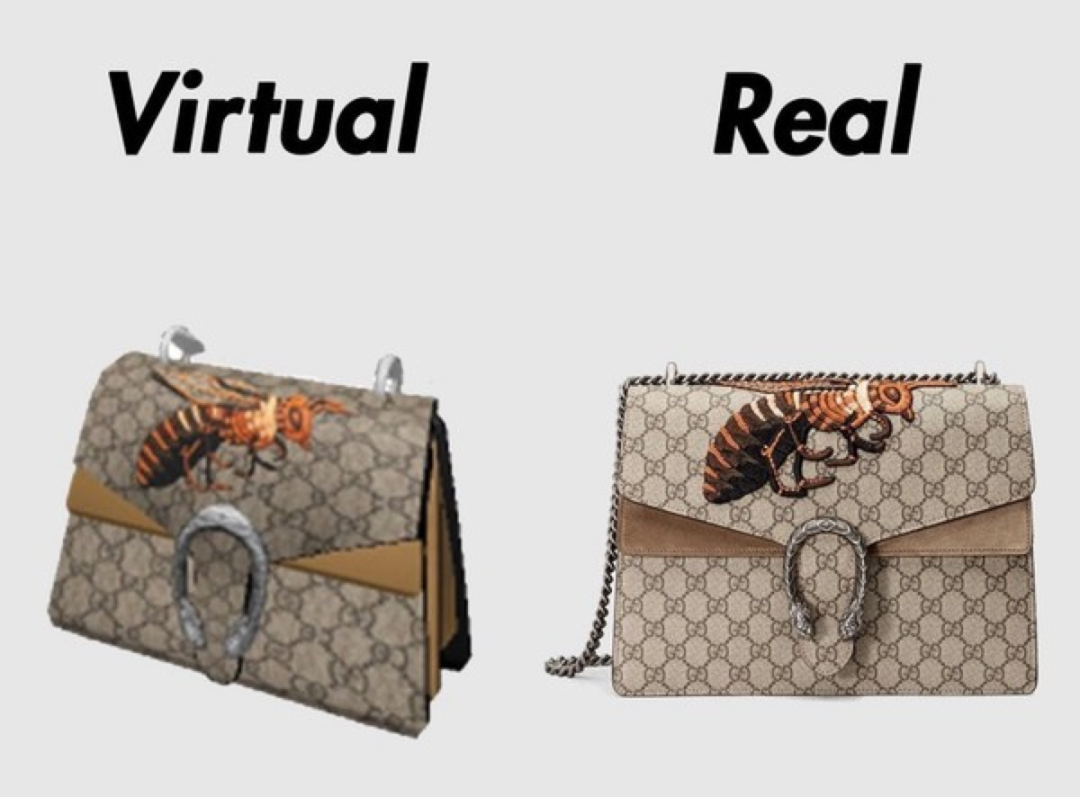
5. Identity Credentials
Imagine that you no longer need cumbersome ID cards, passports, and visas to travel abroad; you no longer need a resume and a lot of work certificates to apply for a job; you don’t need a lot of asset flow and identity to get a loan. Proof, etc.; only one fingerprint verification or one electronic signature is needed, does it feel that the experience has been greatly improved?
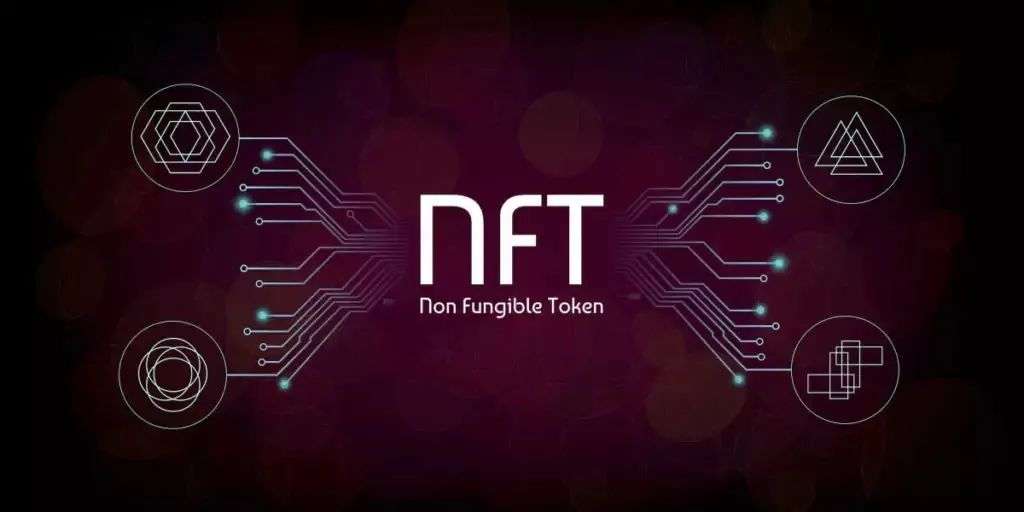
NFT can be applied to identity authentication to achieve a complete record of user information. The difficulty of traditional certificates lies in the isolated islands of information. Different countries and systems cannot communicate with each other, and the information between them is not shared; but if the blockchain can solve the crisis of trust and the information on the public chain is recognized synchronously, the isolated islands can be connected. stand up. For example: when you end a job, the company will use an electronic signature to confirm the rights of your work experience, make it into an NFT and keep it in your virtual file. After authorization, everyone can see and approve it, instead of the traditional cumbersome backing Tune.
6. Metaverse
The concept of Metaverse has been mentioned by many people, but it also has certain social value outside of changing the game industry. The Internet has opened a window for many people, and they can see the outside world without leaving home. And most people are just consumers of the Internet, not creators. What we see are user names on the Internet, not the real people behind the user names.
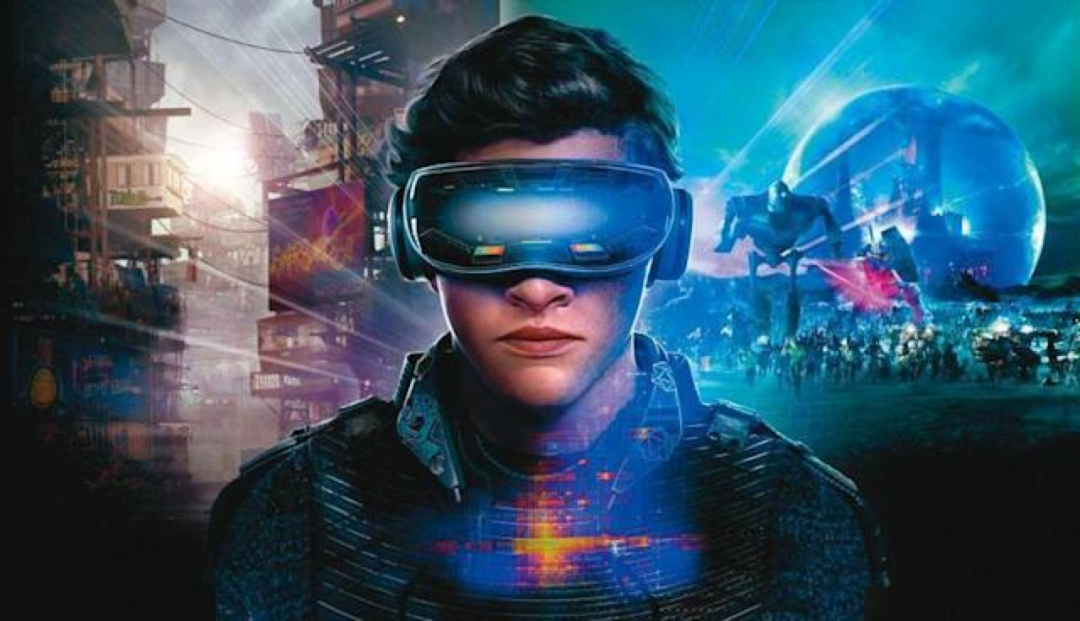
There is a documentary "Born Different". There are many people in this world who cannot travel far, perhaps because of physical reasons, or because of insufficient funds. Perhaps, in the future, in the parallel world of Metaverse, people can do many things that cannot be done in the real world, such as using Avatar to create their own virtual identity, show their own personal characteristics, participate in various activities, and go where they want to go at any time , do whatever you want, and meet friends from all over the world. Users can remotely hang out with friends, create art, consume art, play games, and indulge in shopping, all while visiting other realms with their virtual identities.
7. Charity
Nonprofits help address some of the world's most challenging and pressing issues, from saving the rainforest to providing educational resources to those who need it most, to defending Internet freedom, and many other important causes. But how can they convince people to donate money to support these causes? Behavioral Science Research Findings: Brands and Identity.
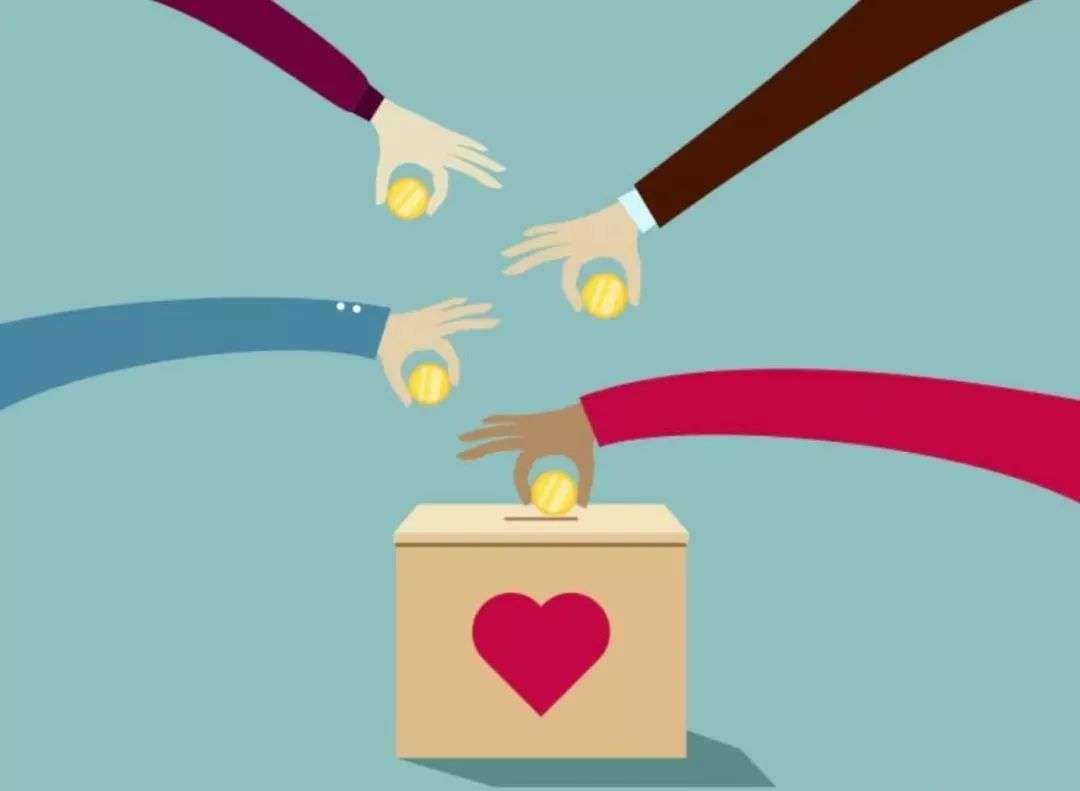
For example, after donating, people will receive official unforgeable"Charity NFT", in recognition of their donations to the charity. This will be an extension of the charity’s brand, strengthening the connection between the donor’s identity and the charity’s value; it can also become part of the donor’s social media identity, thereby increasing the donor’s social influence and visibility. Finally, a "charity NFT" can also be an additional gift to a donor, making the donor see the act of giving as a positive and making it more likely that he or she will reciprocate in future donations.
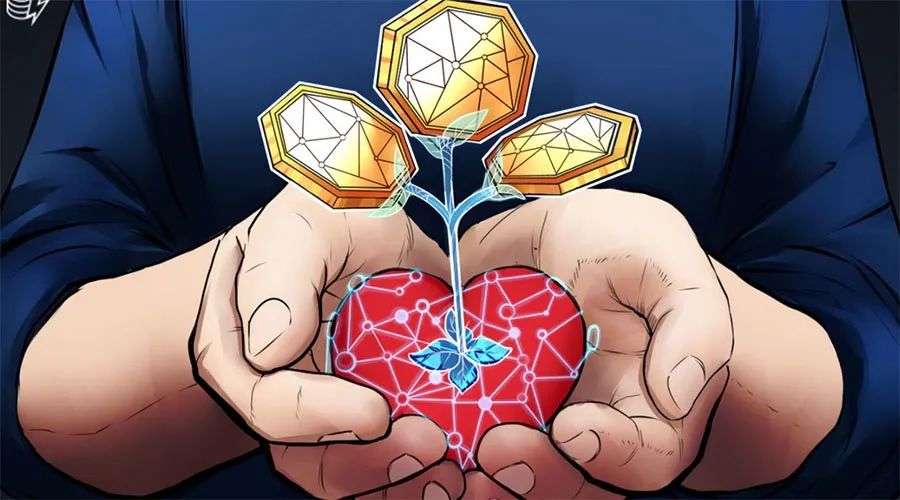
Vitalik has said that NFTs can be applied to socially relevant causes, such as charities and funding public goods, but cannot do so while the technology is still viewed as a “casino that primarily benefits the rich and famous.” It is well known that the blockchain can solve the problem of charity funds and the opacity of the middle layer, but for the rich, if the charity they have done can be made into an NFT-like medal, it will be more representative. As a brand and identity, it must be can stimulate charity.
8.DAO
DAO is more attractive to ordinary users than traditional organizations. DAO is a challenge to the current governance system, bringing community members together with a flat structure and no hierarchy. Community users are the foundation of DAO, everyone can be a participant, a co-builder, and everyone has the right to make proposals—once the proposals are approved, these proposals will be executed in the smart contract.

DAO is not only suitable for work and the management of small companies, or even a fundraising event, a group of enthusiasts. DAO is not bound by form but goals and ideas, it can bring together real core users. The DAO represents a revolution in decentralization and a platform where everyone can build and prosper together in a transparent and efficient manner.
9. New working mode
image description
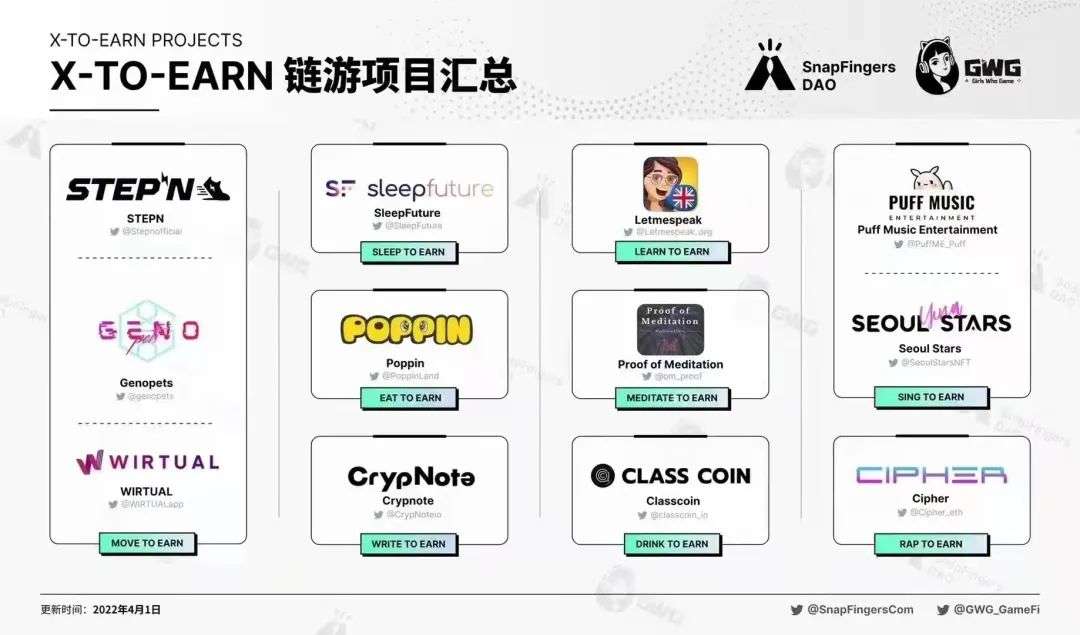
Image credit: SnapFingers DAO, GWG GameFi
Perhaps one day, people can work together around the world instead of being confined to a certain office; people can assemble a group of people through their own wishes, not just traditional methods such as applying for jobs.
10. New economy
We live in a world measured by gross domestic product (GDP), which means growth and consumption are valued above all else. In a world of limited resources, it is best for us to allocate resources effectively and rationally to maximize their use.
If a large portion of the global economy is internet-based, then we can create an economy around digital assets (NFTs) that cost next to nothing to produce. No need to mine iron ore or cut down trees to create more NFTs, it's just some network code. If a large portion of the world's economy became virtual, then we could mine fewer resources, consume fewer resources, and build what we want in virtual worlds, while continuing to contribute to GDP -- you know, every year The cost spent on physical fund maintenance (such as: fund transportation, banknote custody) is staggering.

epilogue
epilogue
NFT Labs provides relevant information only and does not constitute any investment advice.
NFT Labs provides relevant information only and does not constitute any investment advice.





